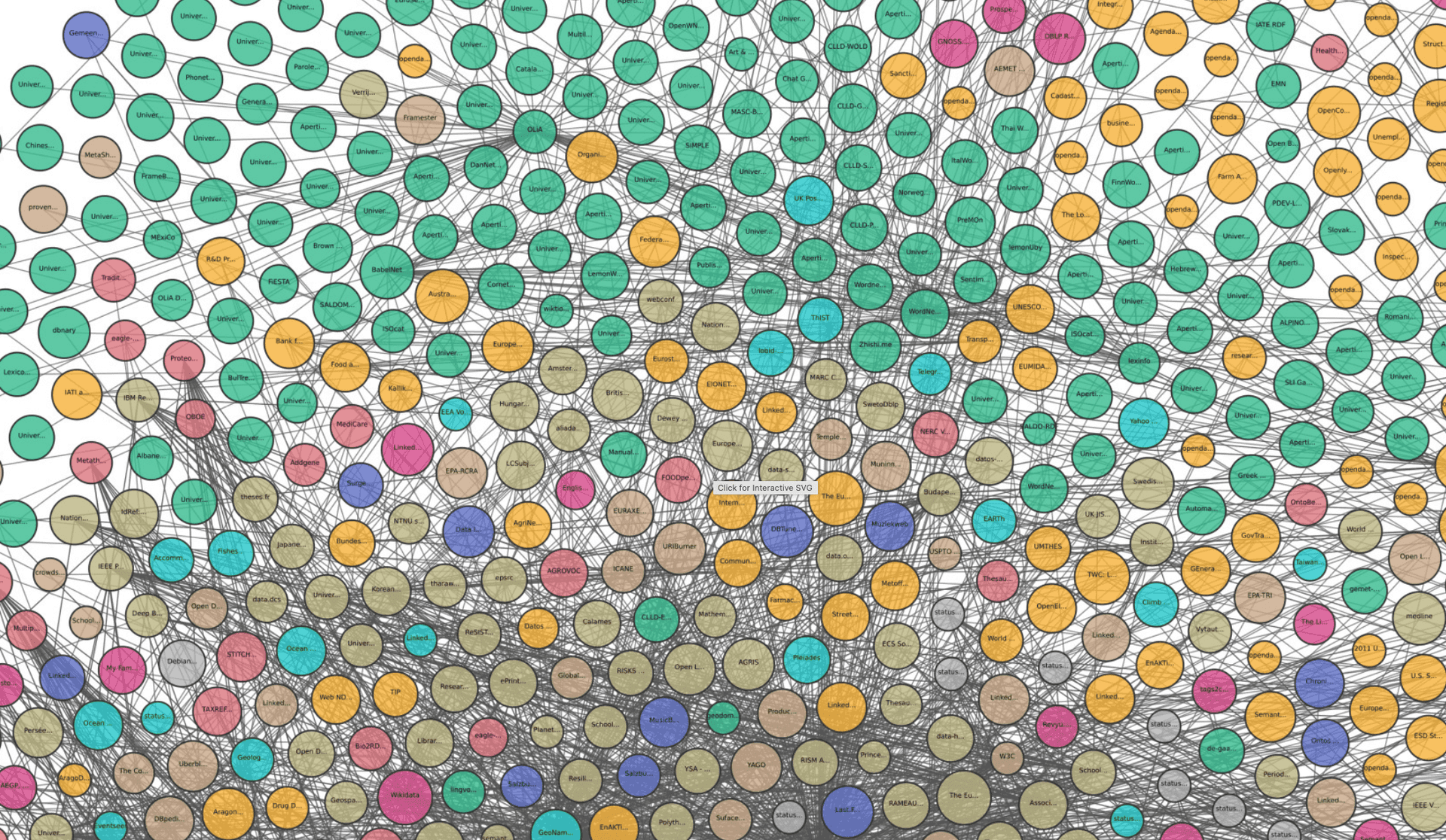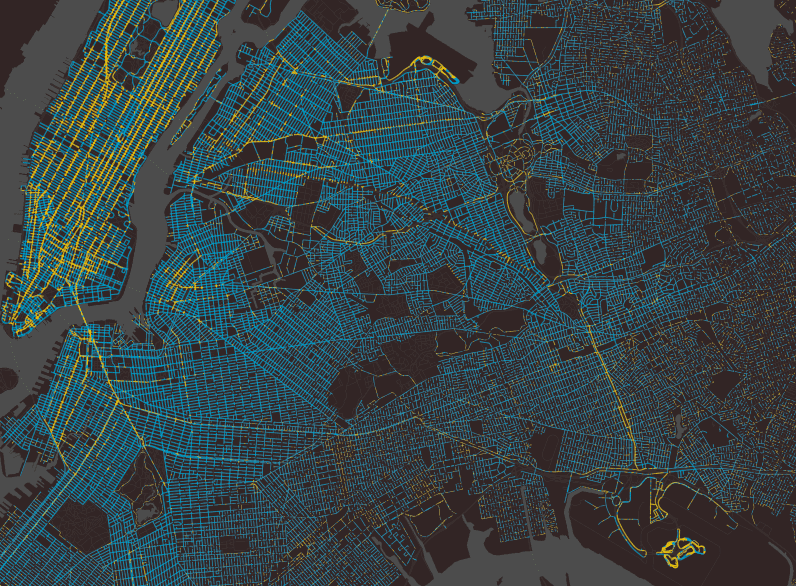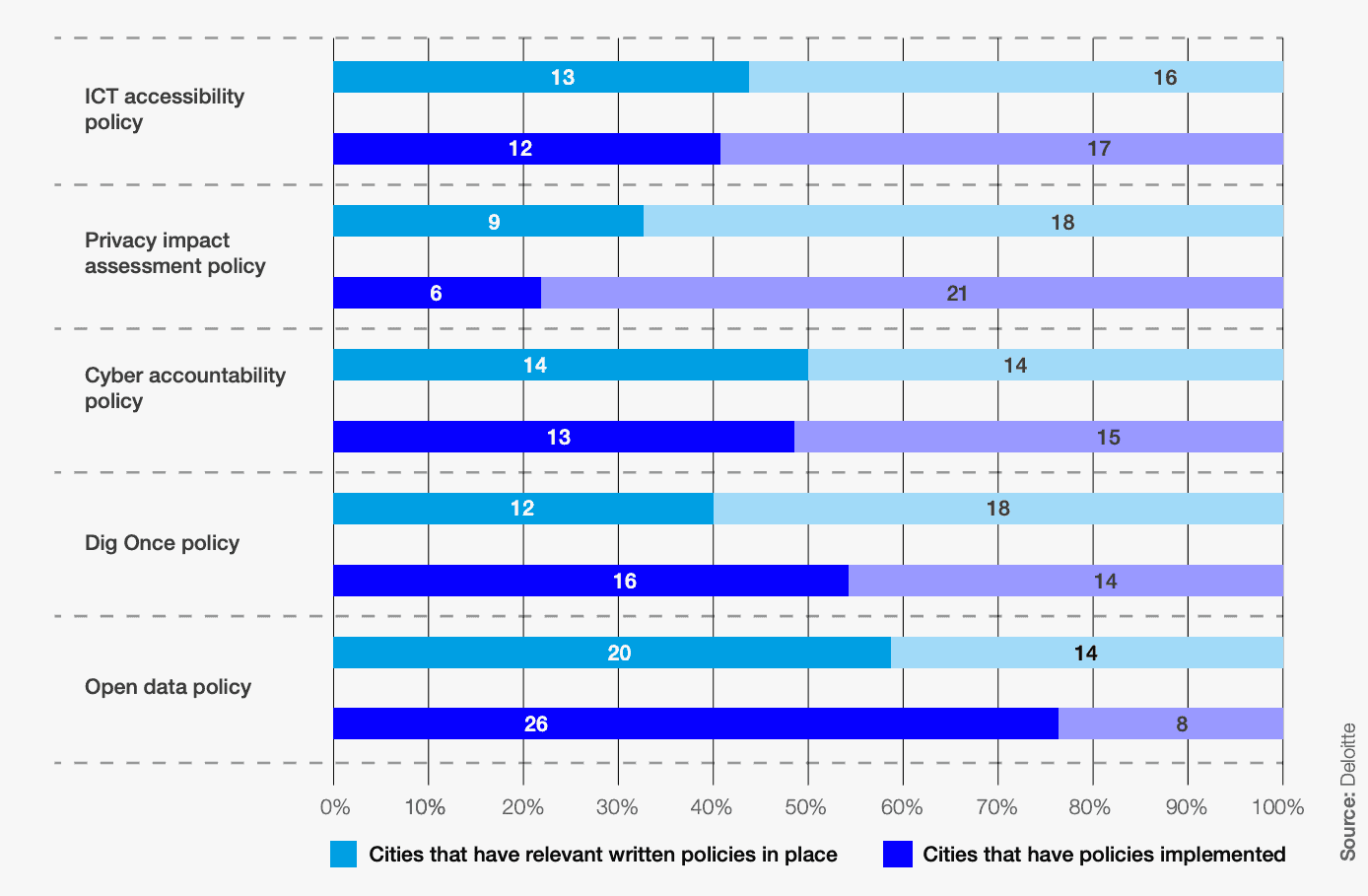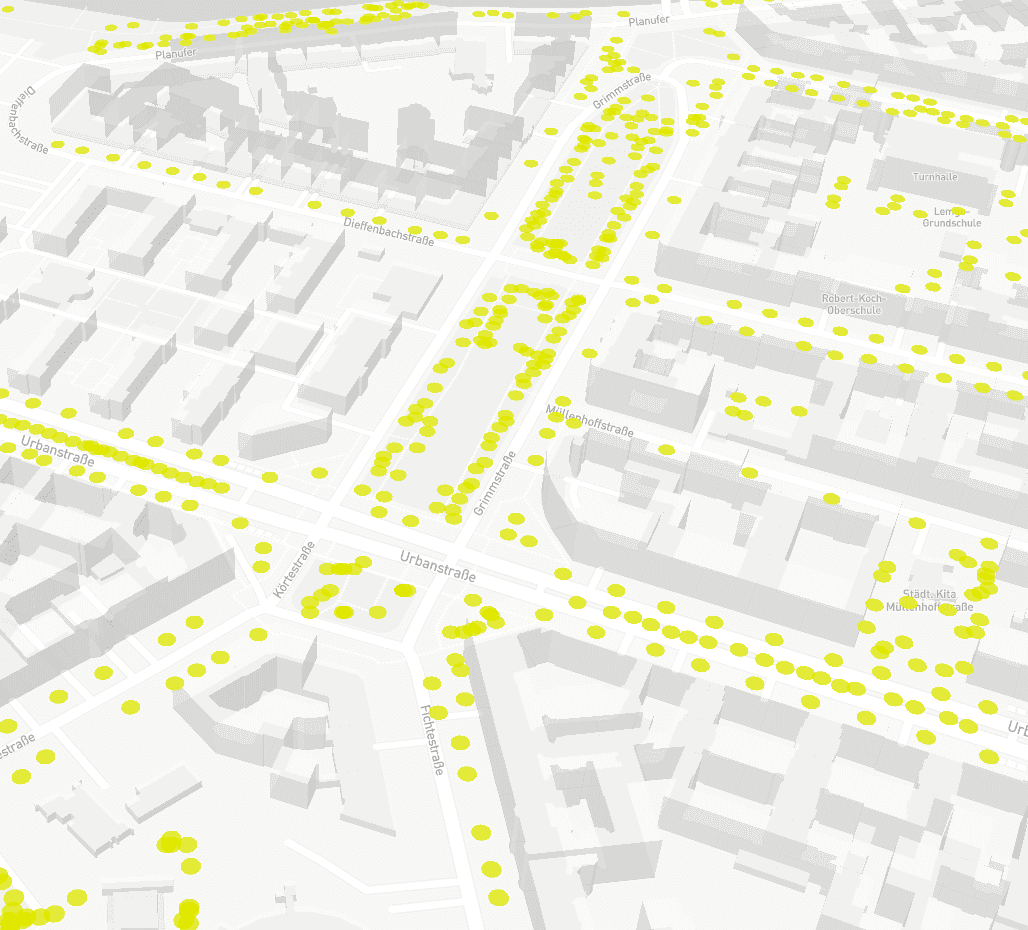
Open data inversion
From creating supply to driving demand.
How likely? How soon? What impact?
Open data is one of the success stories of smart cities. Leading cities have achieved much of what they set out to do in the name of transparency in government and economic development. Gaps remain, however, and the momentum behind open city data has waned. Awareness of these challenges is growing, and two patterns will converge to reinvigorate and transform open city data in the next decade.
First, transportation will once again drive the open data train forward. Transit and micromobility were among the earliest and most effective areas of open city data during the first wave. In the future, new data standards and associated regulations will pursue open sharing of data—not just to inform, but also to create markets that advance policy goals. Foremost among these efforts is "mobility as a service," which aims to bring about transparent, competitive, and integrated markets for trips across all modes of travel.
Second, new ideas and frameworks for aggregating and trading data at the local level, rather than the individual level—in coalitions, cooperatives, collectives, and other structures—will offer new governance models for urban data .
All of this points towards an opportunity and need for cities to take a more active role in cultivating the use cases for open data beyond mobility, while also empowering interesting grassroots experiments that are testing the open data governance approaches of tomorrow.
Signals
Signals are evidence of possible futures found in the world today—technologies, products, services, and behaviors that we expect are already here but could become more widespread tomorrow.




..png)




